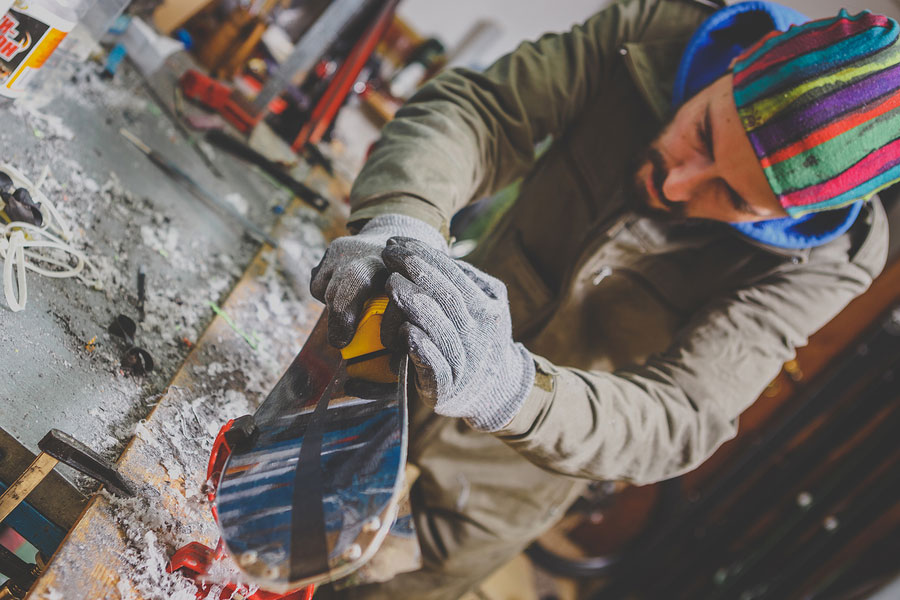It happens fairly often in metal stamping that dies are designed, produced, and ultimately installed in their designated presses without consideration of centering the load. This is usually because the die-process engineer and the tooling engineer on the project lack a thorough understanding of the impact that off-center loading can have on the quality of the part being manufactured and the die life.
Centering the load calls for an assessment and an intentional reaction to the slide tipping moments, which will occur during the process layout and the design of the die on any given project. This is important because the slide tipping will occur, and then move sideways in the direction of the most imposing force, in situations where the working forces on a die are not evenly spread out across the press slide. Excessive damage and wear can easily occur if this movement happens while punches are engaged with different components of the die, thereby compromising the die prematurely.
Addressing Slide Tipping
There are several possibilities a metal stamper should consider as possible solutions to slide tipping. Whichever option is chosen, will generally be implemented once the die tryout has occurred, and an unbalanced load has become evident through readings on the tonnage monitor. The first possibility is to shift the positioning of the die in the press, if there is room on the press bed.
However, if there isn’t enough room to take this approach, introducing a dummy load in the die is an option. To inject a dummy load into the die, the metal stamper would typically include a coining station or a pressure system that will balance out the loads. An even better solution would be to manage the problem when the die is being designed. When the die design engineer and process engineer understand that such loads will be present during process layout, they can calculate the magnitudes and make appropriate compensations in the die’s final design, so that the loads can be appropriately brought into balance.
Level of Balancing
It isn’t necessary to achieve a perfect balance of all the potential forces across the surface of the slide, and in fact, it’s usually impossible to completely balance the loads, mainly when progressive dies are being used. This is still acceptable, however, because the die guiding systems and the press structure itself will accommodate some of the off-center loadings.
Even under the best of conditions, where adding up all the slide moments provides a zero result, there will still be some slide tipping because the moment forces, which are generated, will occur at different times. Forming presses will make some forces as much as 1/2 inch higher than the press stroke itself, while blanking and punching forces happen right at the bottom of the stroke. The important takeaway from this is that slide tipping moments need to be addressed during the design phase of a die project, rather than afterword, during the die tryout.

